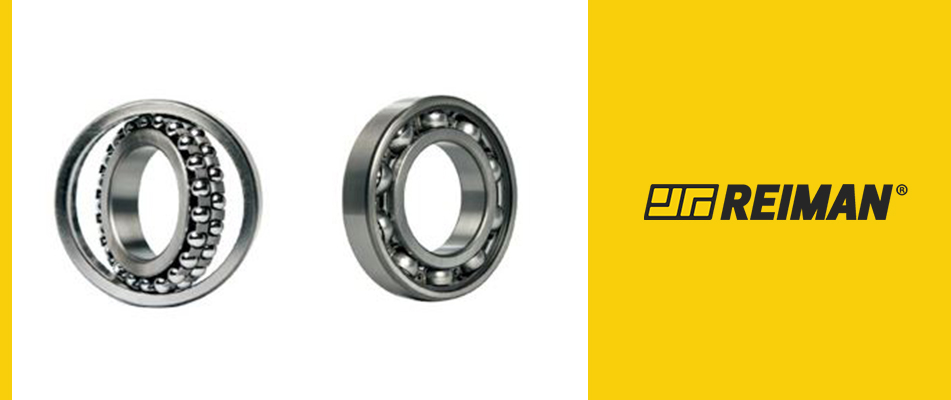We use cookies to make your experience better. To comply with the new e-Privacy directive, we need to ask for your consent to set the cookies. Learn more.
What is a bearing? What are the main types?

The main function of a bearing is to reduce friction between different contact surfaces when there is a rotary motion. The bearing is incorporated as the intermediate element between the fixed parts or elements and those that are rotating. These devices have high precision and low friction which allows them to rotate at high speeds but with decreased noise, heat and power consumption.
The bearing has an infinite number of industrial applications. This mechanical transmission component is mostly used in product construction and in machines and tools.
These types of equipment are composed by the following elements:
- Rings (internal and external)
- Rolling elements (differ depending on the type of bearing)
There are several types of bearings with different characteristics, for different applications. Although the purpose is common, there are some particularities that distinguish them. We present to you the main, and most used bearing types on the market.
These can be classified in two ways:
By their way of contact with the races:
Thrust Bearings
Thrust bearings have a large number of applications and the type of load they support (axial) is parallel to the axis of rotation. They are mainly used for axial load support and differ according to their rolling elements (balls or rollers).
Radial Bearings
As for radial bearings, they are sized to support radial loads, perpendicular to the axis of rotation. They are mainly used for radial load-bearing and differ according to their rolling elements.
By the direction of loading they accommodate:
Ball bearings
These bearings can support axial and radial loads, but they have different characteristics for doing so. In general, they are made up of two rings which house the balls, and which reduce the contact surface and friction.
The ball bearings are divided into different categories:
- Angular contact bearings- ideal for rotary movements that support high axial loads.
- Deep groove ball bearings- these are the most common type of ball bearings. Widely used in electric motors.
- Linear bearings- have a circulation of axial balls.
- Self-aligning bearings- they generate less friction than any of the other types and are ideal for operation at low temperatures.
Tapered roller bearings
Tapered roller bearings support radial and axial loads, which makes them much more versatile. This type of bearing has the ability to withstand very high loads and angular misalignment between the inner and outer rings. They are suitable for vehicle transmissions and machine spindles.
Roller, Cylindrical or Tapered bearings
These types of bearings are normally indicated for high radial stress applications. They are mainly characterized by the fact that they are separable, and their construction is made with and without a cage with one, two or four rows of rollers (which distinguishes them). Spherical roller bearings can withstand very high loads. It should also be noted that these bearings generally have a very long service life, high stiffness and low friction, which gives them a high level of reliability.
Get to know the whole range of bearings that Reiman has to offer you.
For more information, please contact Reiman's specialized team.

